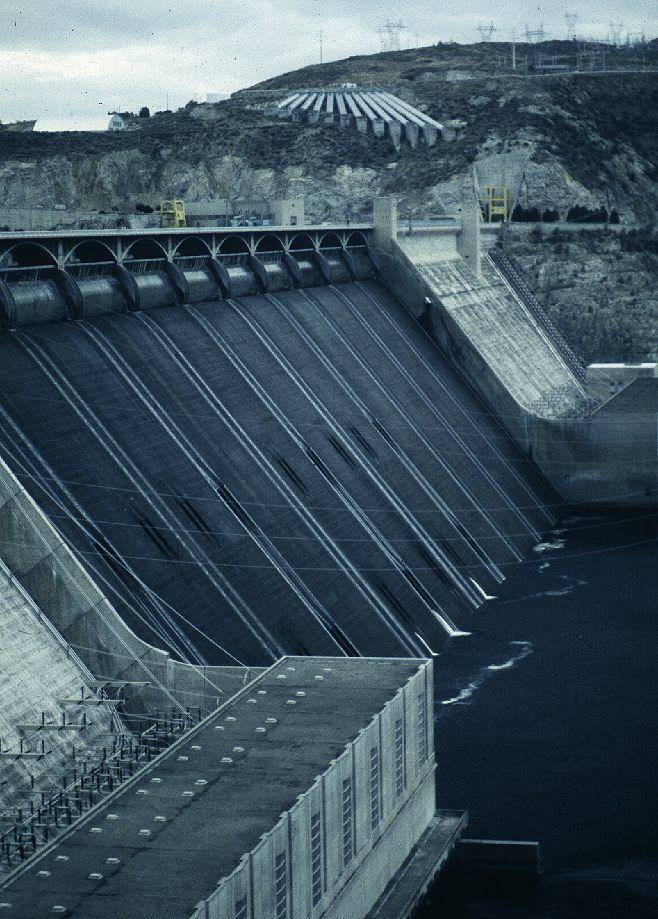 Problem Solving
Problem SolvingNavigating the site:
Grand
Canyon Dams
Controversy,
1963-68
Would you flood the Grand Canyon's scenic beauty to provide electrical power and irrigation water?
"...then we strike a glassy wave and ride to its top, down again into the trough, up again on a higher wave, and down and up on waves ....a breaker rolls over our boat,... till the little boat is caught in a whirlpool and spun around several times....Our boat is unmanageable, but she cannot sink, and we drift down another hundred yards through breakers--how, we scarcely know."
John Wesley Powell, 1869.
What is the cost of federal policy?
Who pays for federal
programs?
What is the ecological & social impacts of these programs?
The Colorado River Storage Project {CRSP} (1950s)
The Central Arizona
Project {CAP} (1960s)
Both provided
for:
Utilities
Irrigation
Municipal Water development
Electricity
Growth of the state
Three phases in which the action unfolded:
A) Preliminary, January 21, 1964, The Pacific Southwest Water Plan.
Early, one reservoir 93 miles long and another 40 miles long.
Bureau of Reclamation and Department of the Interior announcements
B) Twin Dam's controversy;
January 18-19, 1966, presented the facets of the CAP plan and that was introduced into Congress during 1966-67.
CAP or the Central Arizona Project
Senate Hearings
House of Representative Hearings
Print Media and the press
End of an Era of large dam construction without scrutiny.
Twin dams proposed at
1. Marble Gorge: 12.5 miles upstream of Grand Canyon National Park
2. Bridge Canyon: Hualapai Dam, 53 miles downstream of Grand Canyon National Monument
On line library of the Bureau of Reclamation
Alan Carlin, Rand Corporation. 10/1967, 1.
Bureau of Reclamation & Dept. of the Interior with seven southwestern states supported the project.
"first time that a Federal water resource agency has had to make a serious public defense of its economic justification for a major project prior to its authorization."
In 2005, approximately 4 million visitors come to the Grand Canyon annually.
"From the... regional perspective it was a wonderful idea --an offer that none of the basin states could refuse."
Reisner, p. 278.
Colorado, Utah, Nevada, Arizona, California, Wyoming (Green River).
Science Index | Site Analysis | Population Index | Global Warming Index | Nature Index

